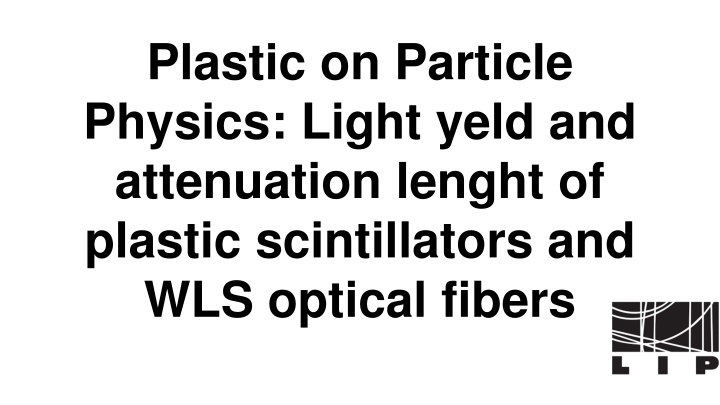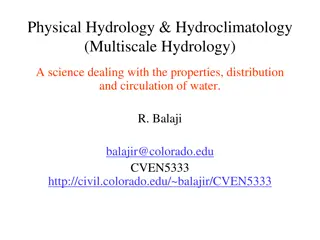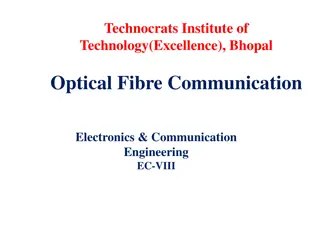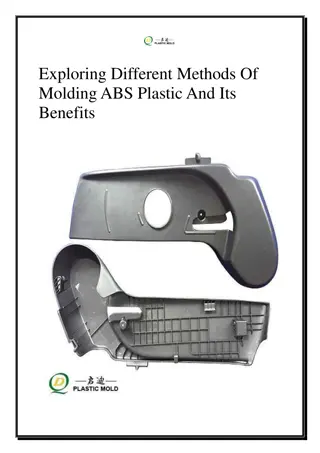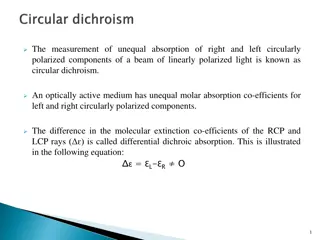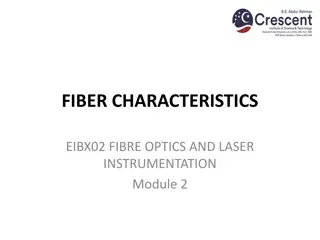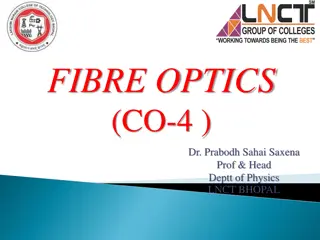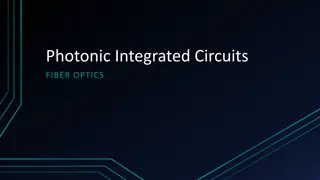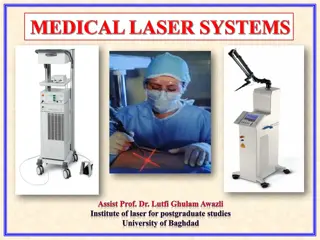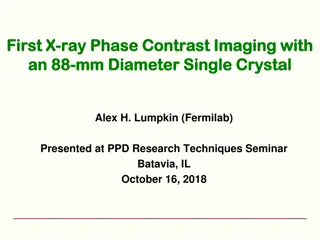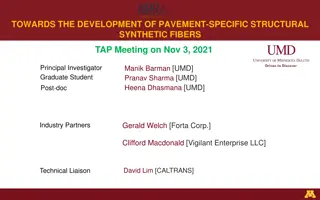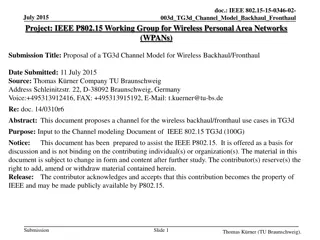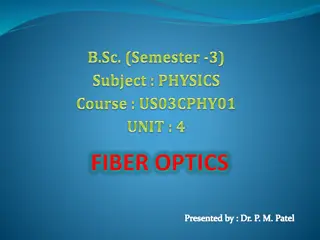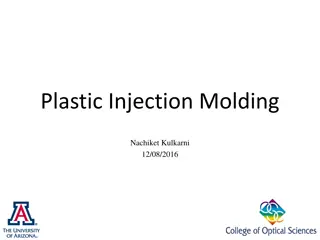Light Yield & Attenuation in Plastic Scintillators & Optical Fibers
Unveil the light yield and attenuation characteristics of plastic scintillators and WLS optical fibers in particle physics research. Explore sources of damage, photodetectors, measurements with radioactive sources, and apparatus views. Dive into detailed analyses and comparisons of light intensities with and without tape at various positions in the Tilecal detector system.
Download Presentation

Please find below an Image/Link to download the presentation.
The content on the website is provided AS IS for your information and personal use only. It may not be sold, licensed, or shared on other websites without obtaining consent from the author.If you encounter any issues during the download, it is possible that the publisher has removed the file from their server.
You are allowed to download the files provided on this website for personal or commercial use, subject to the condition that they are used lawfully. All files are the property of their respective owners.
The content on the website is provided AS IS for your information and personal use only. It may not be sold, licensed, or shared on other websites without obtaining consent from the author.
E N D
Presentation Transcript
Plastic on Particle Physics: Light yeld and attenuation lenght of plastic scintillators and WLS optical fibers
Light yeld and attenuation lenght of plastic and WLS optical fibers Sources of damage to plastic scintillators: Natural ageing and radiation damage Tile measurement for FCC collider Photodetectors: i) PMT detector ii) SiPM -015c and -1325cs detectors
Measure fibre x Colimated radioactive source Photodetector (PMT and SiPM) Tile y Fig 1. Tilecal apparatus 2D simplistic view of the tilecal detector experience 3
Same system now with Tape x 13800 steps Tile position in steps: ( 400 step = 1 cm) 9000 steps Tile 4400 < x < 14200 x = 200 steps 4800 steps 2900 < y < 6500 y = 100 steps y Fig 2. Tilecal apparatus 2D simplistic view of the tilecal detector experience now with tape
light intensity, no tape, x=9300 60 50 light intensity a.u 40 30 y = -1,1205x + 48,141 R = 0,6189 20 10 0 0 2 4 6 8 10 Position y in cm (1cm = 400 steps)
Light intensity, with tape in one side, x=9000 30 25 Light intensity a.u 20 15 y = -0.487x + 23.789 R = 0.2894 10 5 0 0 1 2 3 4 5 6 7 8 9 10 Position y in cm (1cm = 400 steps)
light intensity, no tape, x=4800 50 45 Light intensity a.u 40 35 30 25 y = -0.7244x + 43.75 R = 0.3951 20 15 10 5 0 0 2 4 6 8 10 Position y in cm (1cm = 400 steps)
Light intensity, with tape in one side, x = 4400 25 20 Light intensity a.u 15 10 y = -0.9126x + 19.979 R = 0.5924 5 0 0 2 4 6 8 10
light intensity, no tape, x=13800 60 50 40 Light intensity a.u 30 y = -0.6416x + 45.298 R = 0.2635 20 10 0 0 2 4 6 8 10
light intensity, with tape in one side, x=13800 30 25 Light intensity a.u 20 15 y = -0.4532x + 25.166 R = 0.3789 10 5 0 0 2 4 6 8 10
light intensity, with tape all around 5mm wide, x=8900 40 35 Light intensity a.u 30 y = -1.6774x + 30.321 R = 0.7785 25 20 15 10 y = 31.198e-0.077x R = 0.7818 5 0 0 2 4 6 8 10
light intensity, with tape all around 2cm wide, x=8900 18 16 14 Light intensity a.u 12 10 8 y = 0.1594x + 10.738 R = 0.0389 6 4 2 0 0 2 4 6 8 10 Position y in cm (1cm = 400)
PMTS noise and signal Coefficient (0,421 0,002) a.u X = 13800 No Tape (0,420 0,003) a.u X = 9300 (0,410 0,001) a.u X = 4800 (0,158 0,025) a.u X = 4400 Tape one side (0,236 0,051) a.u X = 9000 (0,248 0,062) a.u X = 13800 X = 8900 (5mm wide) Tape all around (0,229 0,052) a.u (0,118 0,014) a.u X = 8900 (2cm wide)
SiPM -1325cs detector y = 6400 6.5 6 Light intensity a.u 5.5 5 4.5 4 3.5 3 0 1 2 Position x in cm (1 cm = 400 steps) 3 4 5 6 7 8 9
SiPM -1325cs detector, y = 6400 6.5 6 Light intensity a.u 5.5 5 4.5 4 1 2 3 4 5 6 7 8 9 Position x in cm (1 cm = 400 steps)
SiPM -1325cs detector, noise and signal coefficient First 0,0088 0,0009 a.u measurement Second 0,0091 0,0008 a.u measurement
